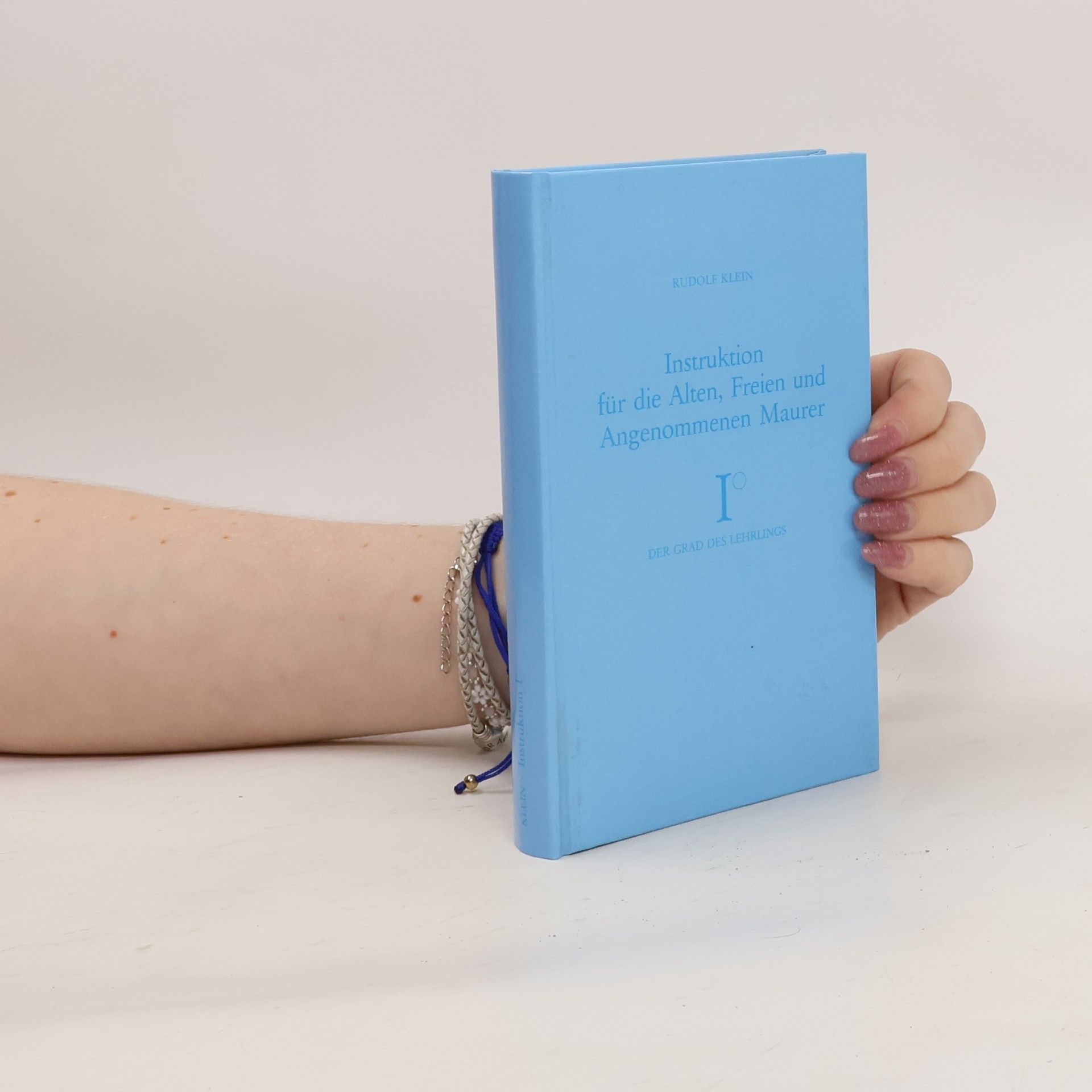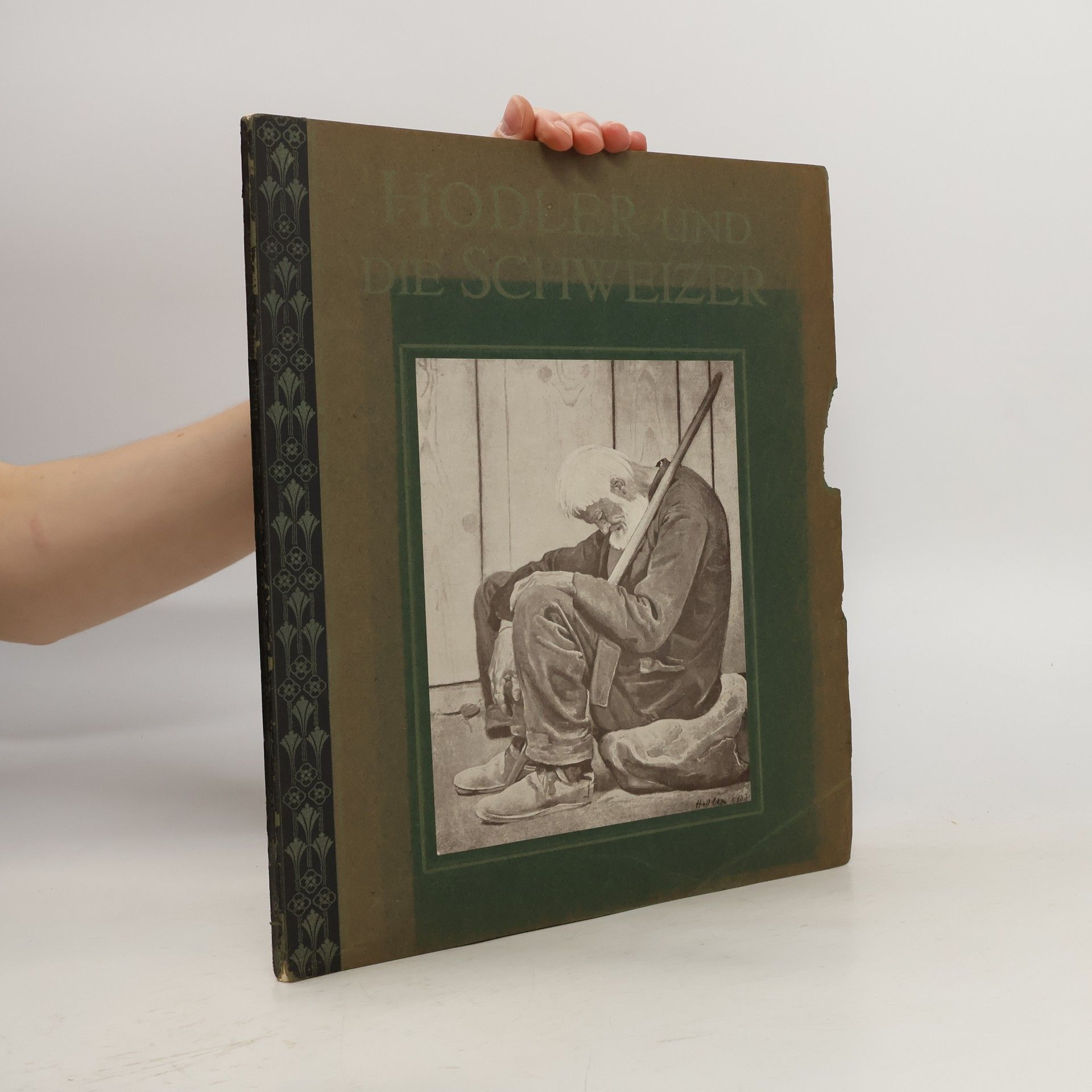Rudolf Klein Livres






Synagogues in Hungary, 1782-1918 - Genealogy, Typology and Architectural Significance
- 800pages
- 28 heures de lecture
"Synagogues in Hungary 1782-1918" is the first comprehensive study that systematically covers all synagogues in Hungary from the Edict of Tolerance by Joseph II to the end of the First World War. Unlike prior attempts, dealing with Post-World-War-Two Hungary only, the geographical range of this study includes historic Hungary, today Austro-Hungarian successor states, within the mentioned chronological timespan. The study presents Hungarian architecture of synagogues in a chronological order; the author gives special attention to the boom of synagogue architecture and art from 1867 to 1918, a time also called "the modern Jewish Renaissance". However, the greatest contribution of this book is the innovative matrix method, which the author applies to determine the basic types of synagogues by using eight basic criteria. The book also deals with the problem of urban context, the position of the synagogue in the city and its immediate environment. There are two detailed case studies how communities built their synagogues and how were these received by the general public. The book ends with a theoretical summary that tries to determine the role of post-emancipation period synagogues in general architectural history.
The Great Synagogue of Budapest
- 159pages
- 6 heures de lecture
Was ist aus systemischer Sicht ein Problem? Wie stößt man Veränderungen an und was ist dabei zu bedenken? Und: Wie arbeiten Therapeuten und Berater? Diese Einführung gibt eine verständliche Übersicht über bekannte Aspekte, aber auch neue Konzepte für die Praxis systemischer Therapie und Beratung. Die Autoren stellen zentrale Ideen der systemischen Arbeit vor und demonstrieren ihre Umsetzung von der Auftragskonstruktion bis zur Intervention. Anhand von exemplarischen Interviews werden spezielle systemische Methoden wie lösungsorientiertes Arbeiten, zirkuläres Fragen und Externalisierung erläutert. Der Leser erhält so einen schnellen und kompakten Überblick über die Grundzüge der Praxis der systemischen Therapie und Beratung. Das Buch bildet damit eine hervorragende Ergänzung zu Kurt Ludewigs „Einführung in die theoretischen Grundlagen der systemischen Therapie“.



